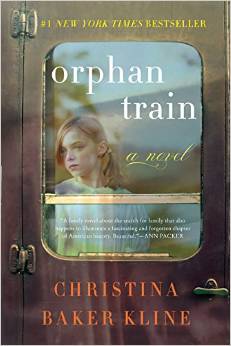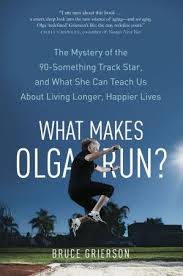 A recent headline on the front page of The New York Times cried: “An Ebola Orphan’s Plea: Do You Want Me?” (December 14, 2014) The heart-rending plea came from Sweetie Sweetie, a four-year-old girl in Sierra Leone who witnessed her whole family succumbing to the deadly Ebola virus afflicting a number of countries in West Africa.
A recent headline on the front page of The New York Times cried: “An Ebola Orphan’s Plea: Do You Want Me?” (December 14, 2014) The heart-rending plea came from Sweetie Sweetie, a four-year-old girl in Sierra Leone who witnessed her whole family succumbing to the deadly Ebola virus afflicting a number of countries in West Africa.
The impact of Ebola has been particularly severe on children, the NYT reported. More than 3,500 children have been infected and at least 1,200 have died. The worst off, by far, are the Ebola orphans. The United Nations Children’s Fund says that across the region there may be 10,000 Ebola orphans. Many are stigmatized and shunned by their own communities. “If there’s an earthquake or a war, and you lose a mother or a father, an aunt will take care of you,” said the head of UNICEF’s office in Sierra Leone. “But this is different. These children aren’t being taken in by extended family. This isn’t like the AIDS orphans.” People in hard-hit Ebola areas consider children to be mini time bombs. So far, the orphaned Sweetie Sweetie has not shown symptoms of the Ebola virus. Still no relatives have sent out a search party to find her.
Does it matter whether the precipitating event is war, ethnic strife, civil unrest, natural calamity, poverty or disease? The most vulnerable, whatever the circumstance, appear to be children who are often orphaned in the wake of these devastating events. Well, obviously. Whether we call them Ebola orphans, AIDs orphans or in the case of the British Empire, Raj orphans, the fact is self-evident: orphans are always with us. The enduring and haunting appeal of their stories perhaps explains the immense success of Old Filth (2004), a riveting portrayal of a Raj orphan written by the prolific English novelist Jane Gardam.
North American audiences are probably unfamiliar with the term “Raj orphans.” They were young children born in the warm colonies of the British Empire — India, Malaysia, Singapore, Hong Kong — and sent back to the damp and chilly mother country to be raised either by relatives or strangers in foster homes. Their fathers were mostly senior personnel in the army, civil service, the church or higher levels of trade. Why would parents take such drastic measures? Fear that their children would die of tropical diseases was the official reason. Less frequently stated was the intention to Anglicize their offspring from an early age, thereby securing the next generation of loyal servants to the Empire.
Rudyard Kipling, as avid readers of colonial fiction may know, suffered woefully when, at age six, he was sent to England from his birthplace in Bombay, India. His experience as a Raj orphan, described in his story “Baa Baa, Black Sheep,” is the inspiration for Gardam’s novel, Old Filth. “I wanted to show what it does to a child — and how it shapes the grown-up that he or she becomes,” Gardam said in an interview. Edward Feathers, the protagonist in Old Filth is Kipling updated. Like Kipling, the fictional Edward Feathers was sent as a child from a British colony to England where he was beaten and bullied in foster care. And like Kipling, Edward Feathers becomes a driven, ambitious, yet emotionally stunted man. In the novel, Edward Feathers develops into a distinguished advocate and judge in Hong Kong. Indeed, his nickname “Filth” cleverly reflects his career trajectory. “Filth” is an acronym for Failed in London Try Hong Kong. His marriage, however, is a great deal less successful and sterile.
Gardam no doubt accepts the view that our childhoods mould us into the adults we become. Few would argue with that. In Old Filth, she focuses on the particular burden of the orphan who cannot escape the shadow of his or her ill-starred origins. Yet the charm of this novel rests in the energy and unexpected comedy Gardam infuses into the life of Edward Feathers, suggesting that there may be a silver lining to the orphan scenario after all.
That silver lining, albeit hidden under a cloud most of the time, may be the ray of hope sustaining orphans in such different eras and locales. To be sure, the stigmatized child, Sweetie Sweetie profiled in the NYT, lives in an impoverished group home with other Ebola orphans in Sierra Leone. But a reporter was able to locate a young healthcare worker who treated her mother and wants to adopt her. When the healthcare worker was found at a rundown teachers’ college in Port Loko, Sierra Leone and asked if he remembered a girl called Sweetie Sweetie, he said without hesitation: “She’s mine.”

